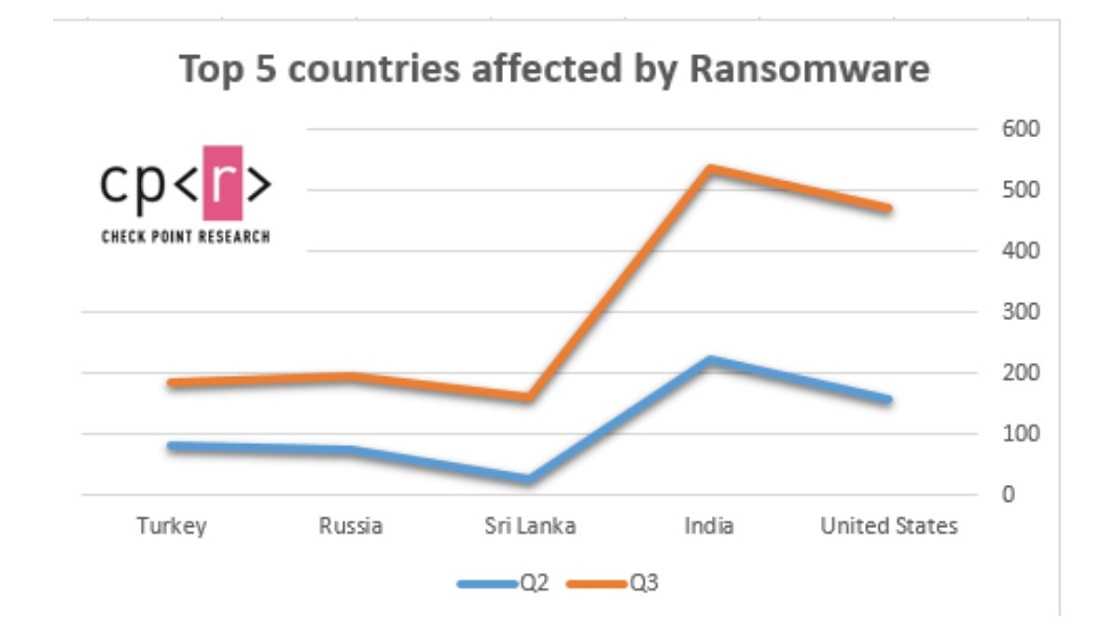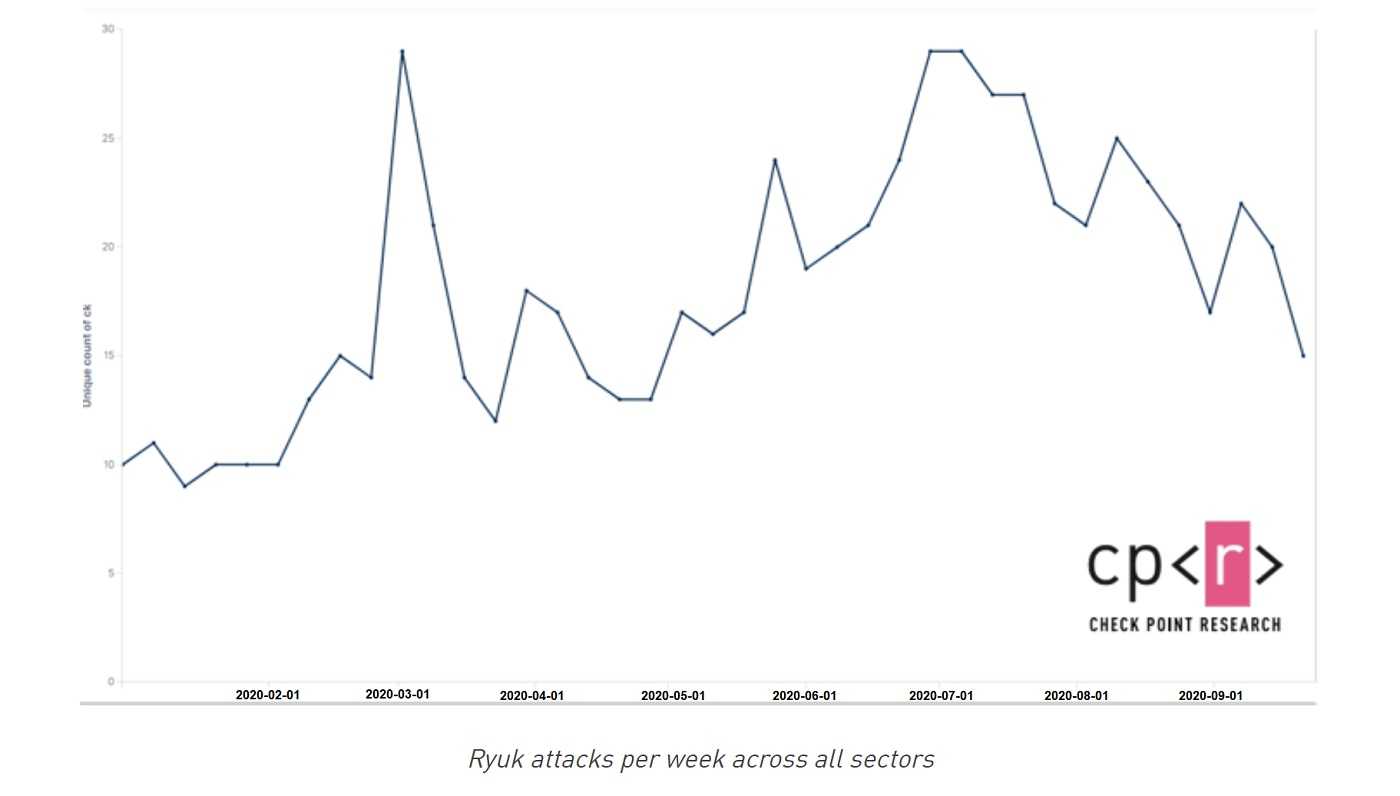Ransomware Attacks Spike 50%; U.S. Businesses #1 Target
By: Jim Stickley and Tina Davis
March 12, 2021
It’s news that should concern every business leader the world over. Check Point Research reports ransomware attacks were up 50% in Q3 when compared to the first six months of 2020. The report also finds many factors have attributed to this global surge in attacks, and coronavirus is clearly leading the way. The pandemic has affected businesses both large and small, and the report finds the U.S. is now the number one target of ransomware attacks worldwide. Attacks in the U.S. nearly doubled within three months. It’s a distinction that U.S. enterprise leaders may not want to acknowledge, but they can’t escape the reality of Check Point’s data.

Now claiming victims at the rate of one attack every 10 seconds, Check Point also looks at other countries affected by a Q3 surge. Other countries also had significant increases: India with 39.2% growth, Russia with 57.9%, and Turkey with 32.5%. The most common ransomware used for the attacks are Maze and Ryuk, with Ryuk attacking an average of twenty organizations per week.
The average ransomware payment is now $233,817, up 31% from Q2 alone. With ransomware trending upwards, the estimated global cost of cyberattacks will reach $20 billion by next year. The time it takes for a ransomware incident to run its course is now 16.2 days. But how long the days and weeks of recovery time turns out to be post-attack depends on the cybersecurity strength of a business to begin with. The length of downtime alone can end the lifetime of many businesses and some companies continue to suffer from damage to their reputation and negative impacts to their clients and employees. Statistics show that 60% of SMBs (small-to-medium sized businesses) close their doors within six months of being victimized by ransomware.

Deciding to make the ransom payment, which the FBI strongly advises against (that encourages further attacks), is a weighty decision. Even after paying-up, there’s no guarantee the hacker will keep their word and supply the de-encryption key needed to restore the hijacked data. There are also no promises from hackers about publicly disclosing the stolen data. Posted for sale or for free on underground forums, stolen PII (personally identifiable information) can further damage individuals and enterprise going forward. Business leaders should remember the remnants of a ransomware attack may be felt for years to come. It’s also important to acknowledge that burying one’s head in the sand is no longer a viable option and doing so can end up being a very costly decision for any enterprise.